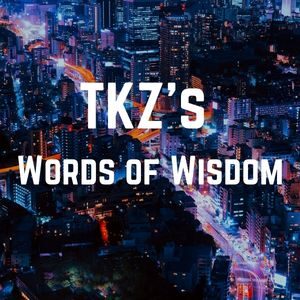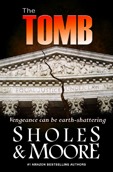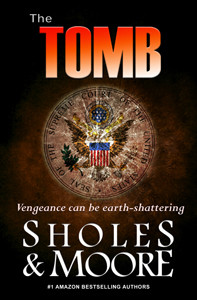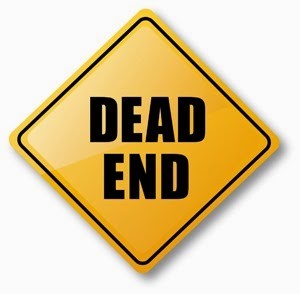
Now and again we reach back into the TKZ archives for some timeless advice and offer them to you for discussion. Please reply, riff, or rant in the comments and interact with each other!
Write what you know. Good God, how many times have we heard that over the years? As if Jack Ryan was Tom Clancy’s pseudonym, or Lincoln Rhyme Jeffery Deaver’s. For way too many years, that write-what-you-know counsel was a real problem for me. I grew up in suburban DC, a middle-class white kid with no respectable non-academic. What the hell was I supposed to write about that was, you know, interesting?
As I got a little older, I came to realize what my writing instructors really meant with that cryptic advice: you have to be convincing. Unless you’ve loved, you’ll never be able to write about it convincingly. Until you’ve had a child and you’ve surrendered that part of your soul to another human being, I don’t think you can write parental angst in a way that will convince parents who are living it. It’s not about relaying events that you know; it’s about conveying emotions that you’ve experienced. – John Gilstrap, August 2008
***
I got an email the other day from a beginning writer who was working on her first book. She had read some of my novels and enjoyed them, and she asked if I had any advice on helping her strengthen her writing. I could have given her many answers to that question including creating an outline, researching carefully, developing strong characters, accuracy, compelling plot, etc. But what I decided to tell her was that the best way to strengthen her writing was to choose the right words.
I know that may sound almost too basic. After all, it doesn’t take a genius to figure out that the right words in the right order can make for good writing. But I suggested that once she completed her first draft and started the rewriting process, she spend time considering if she needed an alternative to her action and descriptive words. I’m not advocating a thesaurus-intensive approach to writing, just a conscious effort to consider if there’s a better, stronger, more visual alternative to power and descriptive words. – Joe Moore, June, 2009
***
How do you fit romance into a non-stop thriller? These genres are not mutually exclusive. Look at your movies for examples. Romancing the Stone with Kathleen Turner and Michael Douglas, and The Librarian: Quest for the Spear with Noah Wyle and Sonya Walger are two of my favorites. What recent thrillers have you seen where a romantic relationship is involved? How did the film get this across to viewers?
Here’s how to start with your own story: Give your characters internal and external conflicts to keep them apart. The external conflict is the disaster that will happen if the villain succeeds. The internal conflict is the reason why your protagonists hesitate to get involved in a relationship. Maybe the heroine was hurt by a former lover and is afraid of getting burned again. Or she has a fierce need for independence. Why? What happened in her past to produce this need? Maybe your hero doesn’t want a wife because his own parents went through a bitter divorce, and secretly he feels unworthy of being loved. Or maybe he feels that his dangerous lifestyle wouldn’t suit a family. Keep asking questions to deepen your people’s motivations. – Nancy J. Cohen, December 2012
Let the conversation begin!






